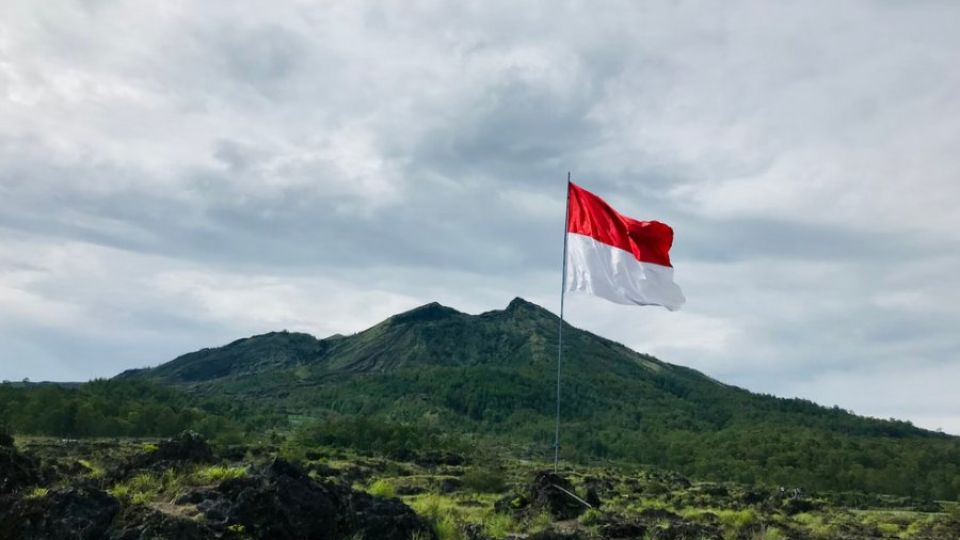March 14, 2024
JAKARTA – Three ancient inscriptions found in North Sumatra in recent years have brought scholars a step closer to discovering how the province’s native Batak, one of the oldest cultures still recognizable in Indonesia today, developed its own script.
Famed as fierce warriors during the colonial era, Batak people have left their mark on Indonesian history, with known figures including Sisingamangaraja XII who was declared a national hero in 1961. A main road in South Jakarta was named after the Batak king.
While Batak culture can be traced as far back as 1500 BC, the discovery of three ancient inscriptions has led researchers to conclude that the Batak began to use their own script as recently as 300 years ago.
Two inscriptions were found in Central Tapanuli regency, with the Bongal inscription found in 2020 and the Liyang Gorga inscription found most recently in 2023. A third inscription, the Datu Ronggur inscription, was found in Toba regency in 2021.
The findings were disseminated in an online seminar by the National Research and Innovation Agency (BRIN), on Nov. 28, 2023.
BRIN researcher Churmatin Nasoichah told The Jakarta Post on Feb. 27 that researchers faced difficulties in reading and identifying the inscriptions as they were very faded when discovered.
They did however manage to decipher some of the language, with the Datu Ronggur inscription providing advice, while the Liyang Ginorga inscription contained spells. These two inscriptions were found preserved on cave walls.
The Datu Ronggur inscription contains advice for its people to pray, where their needs would be granted by opung, a term for ancestors in the Batak language.
The Ginorga inscription contains spells to pray to the Almighty for the people’s welfare.
Researchers have yet to understand the message in the Bongal inscription, which is made of tin and currently bring kept at the Central Tapanuli Cultural Agency.
“These three inscriptions are like a transition from ancient Sumatran script to Batak script,” Churmatin said.
Proto-Batak script
The ancient Sumatran script is much older than the Batak, Incung, Lampung and Rejang scripts found in many inscriptions in the westernmost region in the country.
The discoveries reveal the forerunner to the Batak script, possibly the development of the ancient Sumatran script, which was itself derived from the Pallawa script.
The ancient Sumatra script has similar characteristics to the ancient Javanese script.
Some letters in the Batak script are similar to the ancient Sumatran script, for example the letters “ta” and “ba”. Other Batak letters, “ka”, “da” and “ga” also have a similar pattern, indicating the language in transition, what Churmatin called a Proto-Batak script.
Researchers have not been able to identify some of the characters in the three inscriptions as they are not part of the ancient Sumatran or Batak scripts.
Churmatin said there were still many mysteries surrounding the three inscriptions, such as whether there was a connection between the three inscriptions and others found in North Sumatra, when the inscriptions were made and in what the context the inscriptions were used.
“We cannot confirm when these inscriptions were made, but likely after the Hindu-Buddhist era in North Sumatra, or around the 16th to 18th centuries,” Churmatin said.
“The 11th to 14th centuries [inscriptions] used the ancient Sumatran script. Then from the 16th to the early 20th centuries, they used other scripts, including the Batak script,” she said.
During that time, North Sumatra was in its Hindu-Buddhist period. This is evident in the Bahal Temple in North Padang Lawas regency, North Sumatra.
Archeologists estimated that the Bahal Temple was built in the 11th century, associated with the Pannai Kingdom, which was conquered by the Sriwijaya Kingdom centered in Palembang, South Sumatra.
Its reliefs represent tantric rites, with dancing warriors holding clubs and wearing large round ear ornaments, proving the existence of Buddhism in North Sumatra.
Another example of the use of ancient Sumatran script can be found in an inscription in Gunung Tua, also located in North Padang Lawas, that dates back to the 11th century.


